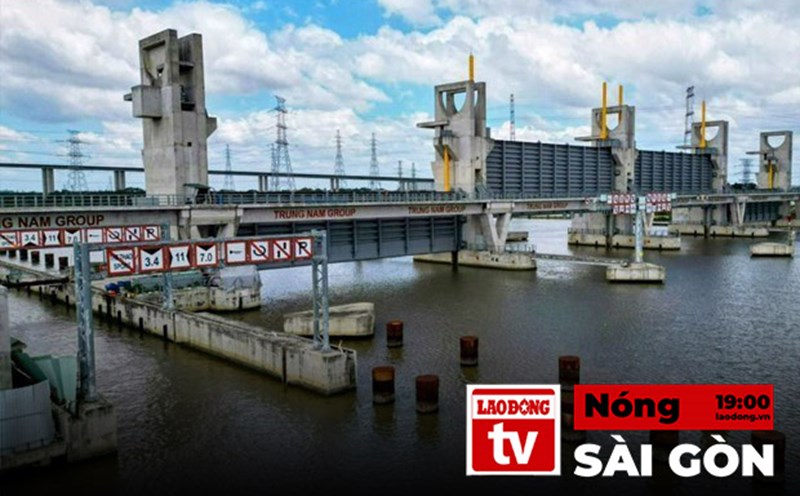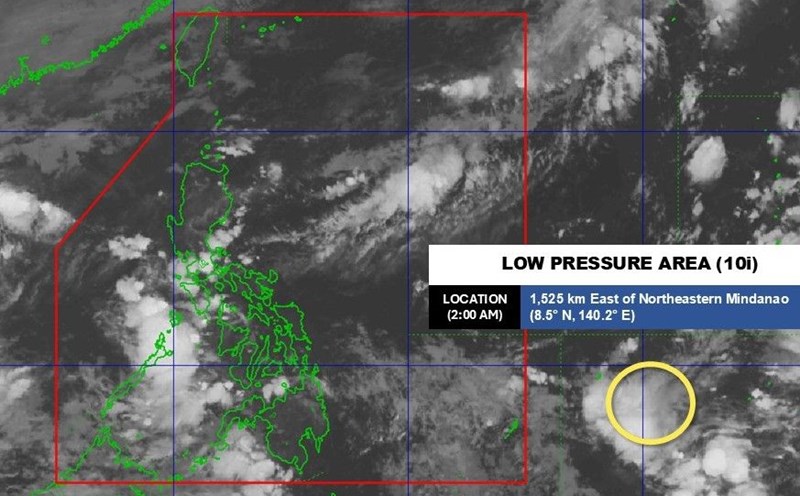The State Bank of Vietnam (SBV) informed about some results of non-cash payment activities (TTKDTM) and digital banking activities in the first months of 2025.
Accordingly, in the first 9 months of 2025 compared to the same period in 2024, e-commerce transactions increased by 43.32% in quantity and 24.23% in value; via the Internet channel increased by 51.20% in quantity and 37.17% in value; via mobile phone channel increased by 37.37% in quantity and 21.79% in value; via QR Code transactions increased by 61.63% in quantity and 150.67% in value; via the interbank electronic payment system increased by 4.56% in quantity and 46.87% in value; via the financial switching and electronic deduction system increased by 19.14% in quantity and 5.87% in value.
In the first 9 months of 2025 compared to the same period in 2024, transactions via ATM continued to decrease by 16.77% in quantity and 5.74% in value, showing that people's demand for payment and cash withdrawal is decreasing and is being replaced by e-commerce methods and habits.
By the end of September 2025, the total number of accounts registered and using Mobile-Money services was more than 10.89 million accounts. Of which, the number of accounts of customers registered and using the service in rural, mountainous, remote, border and island areas is about 7.5 million accounts (accounting for about 70% of the total number of accounts registered and using the service).
The total number of transactions via customers' Mobile-Money accounts is more than 290.43 million transactions with a total transaction value of about VND 8,511 billion.
By the end of September 2025, there were 53 payment service providers licensed by the State Bank for payment service providers operating in the market, of which 49 were payment gate service providers.
The SBV encourages credit institutions (CIs) to implement digital transformation, connect, and cooperate with different sectors and fields to form and expand a digital ecosystem, provide products and services with customers at the center, and provide seamless and personalized transaction experiences.
Many banks have been applying new technologies such as artificial intelligence/ machine learning, big data, ... in business activities, behavior analysis, needs, customer assessment to help optimize, personalize the supply of products and services as well as automate processes, improve operational efficiency.
Up to now, most basic banking services have been performed on digital channels, many banks have reached a rate of about 95% of transactions performed on digital channels.
The digital ecosystem and digital payments have been established to connect banking services with many other services in the economy to provide seamless experiences for customers.
Services on the National Public Service Portal, civil services such as electricity, water, telecommunications, healthcare, education, goods on e-commerce platforms, car calling, restaurant booking, tours on digital platforms, etc. have all been launched or connected to mobile applications of banks and financial intermediary organizations.
This allows people and businesses to make safe, convenient, time-saving and cost-saving transactions and payments right on their familiar daily digital applications and platforms.











